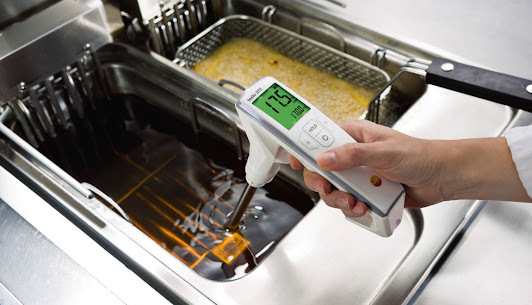What Are Some Applications Of Thermohygrometers?
.jpg)
Image Source:- Testo India Thermohygrometer equips you for all situations where a suitable indoor climate is crucial, for example, air temperature and relative humidity in archives, storerooms, greenhouses, and buildings. What is a Thermohygrometer? Thermohygrometer is a type of humidity sensor that comes in the form of handheld devices and transmitters. They calculate both humidities of the air and the temperature of the air at different humidity and temperature ranges depending on the model. What are some applications of Thermohygrometers? Thermo hygrometers are used in air temperature measurement for measuring indoor humidity and temperature. They calculate the dew point temperature by which localized condensation is at risk. It provides initial information about whether mold is caused by condensation or if there is a risk of this occurring. Thermo hygrometers are used in production, storage, server rooms, museums, archives, cold storage warehouses, containers, and sales counters.
.jpg)

